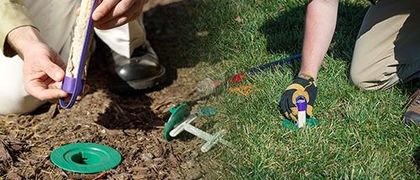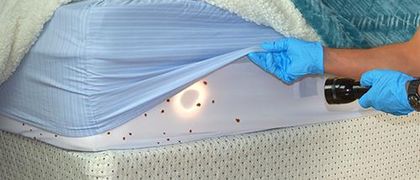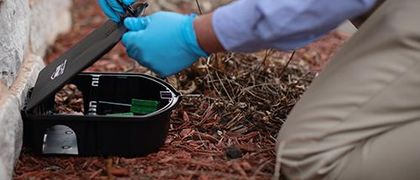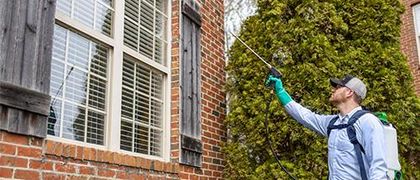How to Get Rid of Brown Recluses in Your Missouri Home
If you live in Missouri and you’ve spotted a brown spider with a violin-shaped mark on its back, there’s a good chance it’s a brown recluse. And if you’ve seen one, there are probably more hiding out of sight.
Brown recluse spiders are a common issue in Missouri homes, especially in cities like St. Louis, where older buildings and basements give them plenty of places to hide. While they’re not aggressive, their bites can cause serious reactions for some people. That makes them one spider that most homeowners don’t want hanging around.
Here’s how to identify brown recluse spiders, where they like to live, and what you can do to get rid of them for good.
Key Takeaways
- Brown recluse spiders hide in undisturbed areas like basements, closets, and attics, especially in Missouri homes.
- Sticky traps and decluttering can help identify a problem, but full control usually requires professional pest control.
- Not all spiders are brown recluses; wolf spiders and cellar spiders are often mistaken for them.
- If you think you’ve been bitten, monitor the bite and seek medical attention if symptoms worsen.
How to Identify a Brown Recluse in Missouri
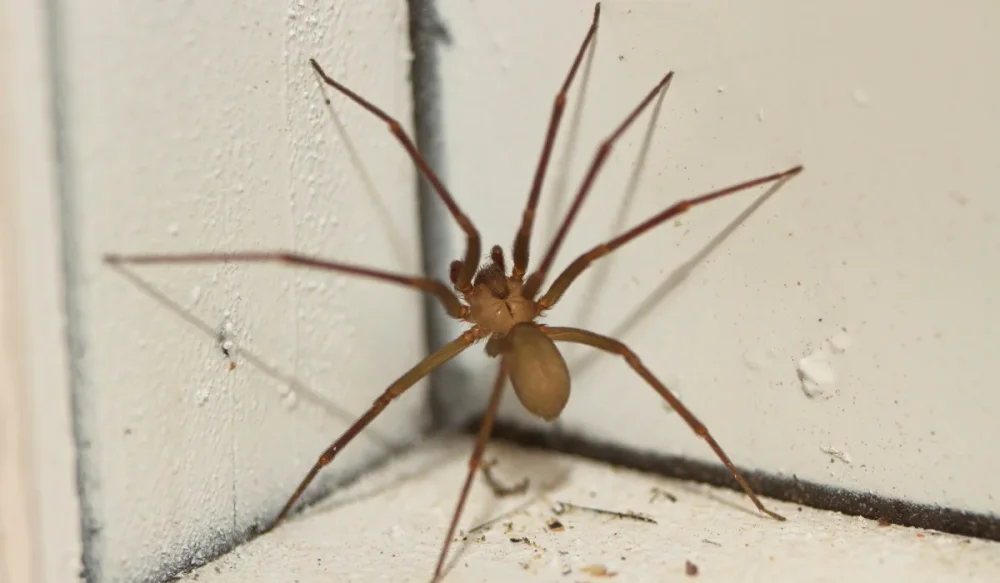
The brown recluse, or Loxosceles reclusa, has a violin-shaped marking on its cephalothorax, which is the fused head and thorax section. These spiders are light to dark brown and about the size of a quarter, legs included. Unlike other species of spiders, brown recluses have only six eyes, arranged in pairs.
Since they're most active at night and avoid people, you probably won't see them unless you go looking. During the day, they hide in dry, dark places like behind furniture or in piles of clothing.
Where Brown Recluses Like to Hide
Inside Missouri homes, brown recluses gravitate toward quiet, tucked-away places. That includes closets, attics, storage rooms, and basements. They’ll also settle into cardboard boxes, piles of laundry, or behind wall hangings. Outside, they can be found in woodpiles and sheds, especially if those areas are rarely disturbed.
You won’t see classic spiral webs with these spiders. Their webs are messy, used more for shelter than for catching prey.
Recognizing a Brown Recluse Bite
Bites from a brown recluse may start as a small red bump and grow over time. In some cases, a bite can lead to necrosis, forming an ulcer that worsens without treatment. Other symptoms might include fever, chills, or nausea, especially if someone is sensitive to the amount of venom delivered.
Most bites happen by accident, like slipping on a shoe that had a spider inside or brushing up against one in storage.
If you suspect a brown recluse bite, wash the area, apply a cold compress, and monitor for signs of spreading or severe reactions. Always seek medical attention if you’re unsure.
What Brown Recluses Are (and Aren’t)
Many people confuse brown recluse spiders with other common house spiders. Wolf spiders are larger and faster, with hairy bodies and longer legs.
Cellar spiders, sometimes called “daddy longlegs,” have thin legs and are harmless. The black widow spider, while also found in Missouri, is easy to spot with its shiny black body and red hourglass marking.
Brown recluses tend to be more reclusive (hence the name) and won’t be found running across the floor like a wolf spider. They also don’t build webs in plain view like a common house spider. If you find one in a sink or bathtub, it likely fell in and couldn’t climb out, not because it was drawn there.
The defining violin-shaped mark and six-eye pattern are your best identifiers. If you’re unsure, save the spider in a container and have it identified before panicking or attempting treatment.
What to Do If You Have Brown Recluses
Getting rid of brown recluses takes more than swatting a spider or two. These spiders reproduce in hidden spots, laying egg sacs in cluttered areas where they won’t be disturbed.
Start by setting out sticky traps in the corners of basements, garages, and storage spaces. These traps can help reduce the population and show where the spiders are most active. Next, declutter your home. Cardboard boxes, old clothing, and piles of paper create hiding places that make it easy for spiders to settle in.
You should also seal up entry points around the home, look for gaps in baseboards, around windows and doors, or where utility lines enter the house. And don’t forget about the outside: keep woodpiles away from your home’s exterior and trim back overgrown bushes.
When to Call for Professional Help
If you’re seeing brown recluses regularly or finding signs like egg sacs and shed skins, it’s best to call a local pest control company. Professionals can identify active harborage areas and treat both the inside and outside of your home using tools and products not available over the counter.
Brown recluse infestations aren’t always obvious at first, and a few sightings can quickly turn into a serious problem. Female brown recluses can lay dozens of eggs at a time, and those egg sacs are often tucked away in hidden corners.
A trained technician knows exactly where to look and what signs to watch for. They can also advise on long-term prevention strategies specific to Missouri homes. If you have kids, pets, or sensitive storage areas like attics or basements, professional treatment is the safest and most effective option. Don’t wait until you’re dealing with spider bites to take action.
Missouri Homes Are a Magnet for Brown Recluses
The way homes are built in Missouri, especially older ones with basements, attics, and wood siding, creates the perfect conditions for brown recluses to thrive. Add in seasonal temperature changes, and it’s no surprise these spiders are a frequent problem.
You don’t have to live with that kind of worry. If you’ve seen a brown recluse in your home or just want peace of mind, now’s a good time to take action. Miller Pest & Termite offers thorough inspections, treatment plans tailored to your home, and long-term prevention strategies that fit Missouri living.
Let us help you keep those hidden corners spider-free.
Get Help Now!


